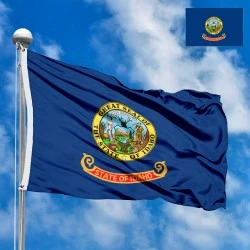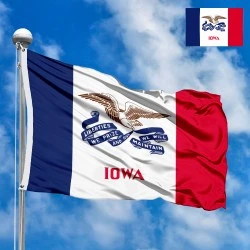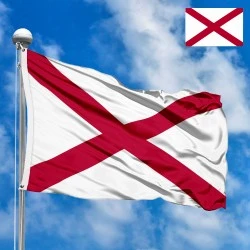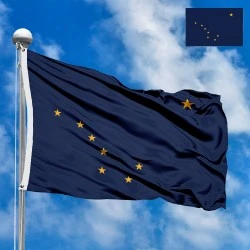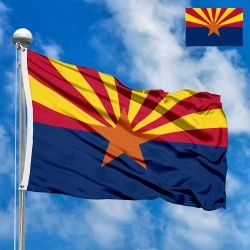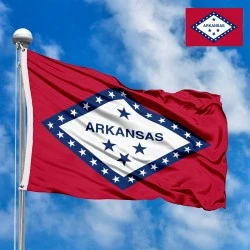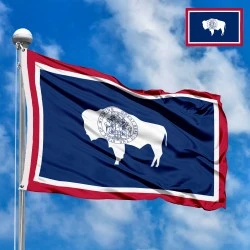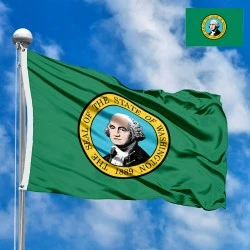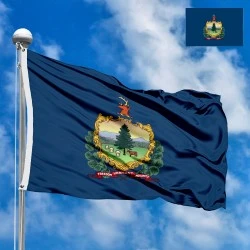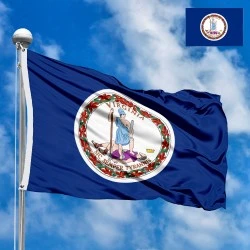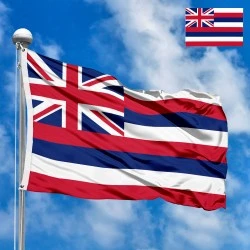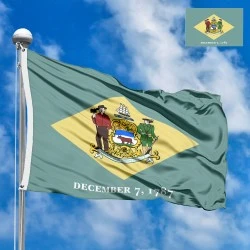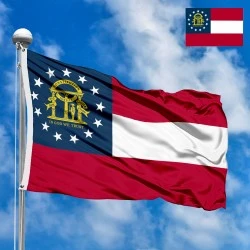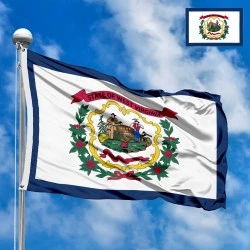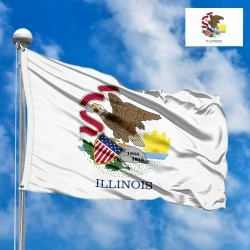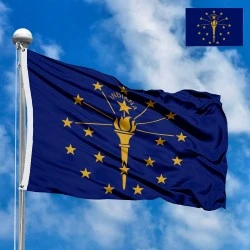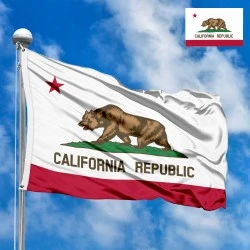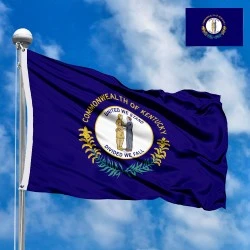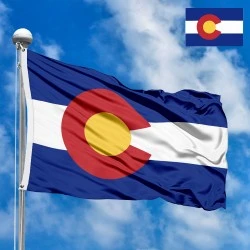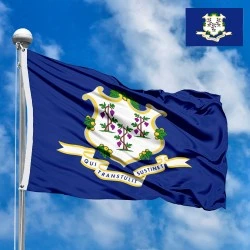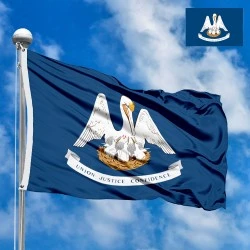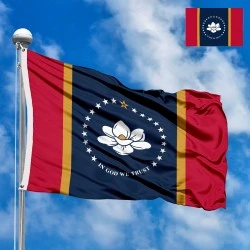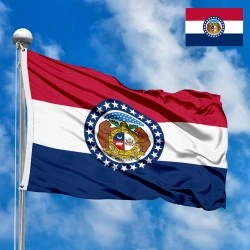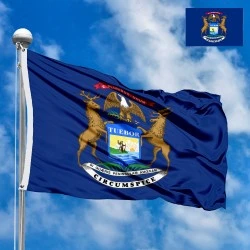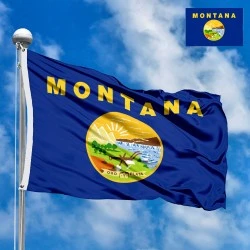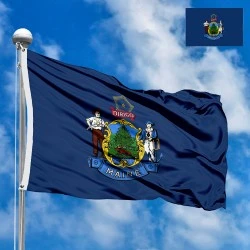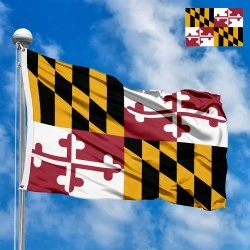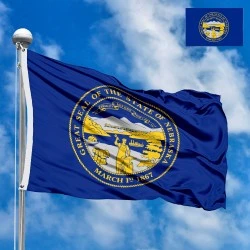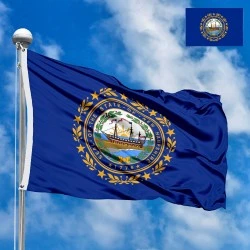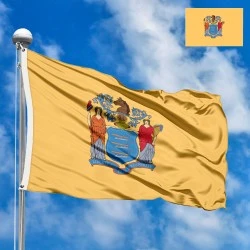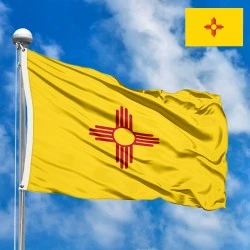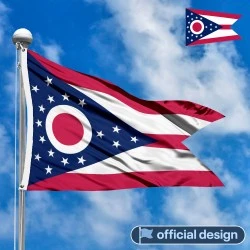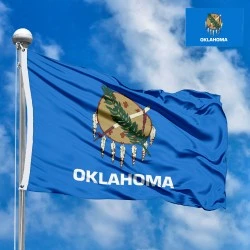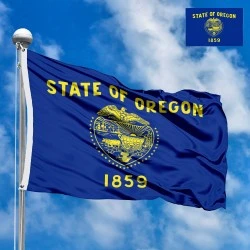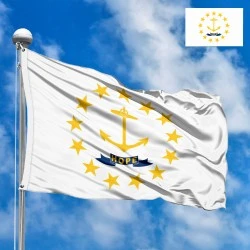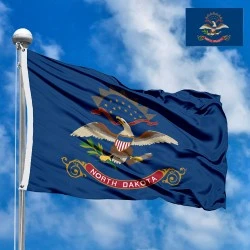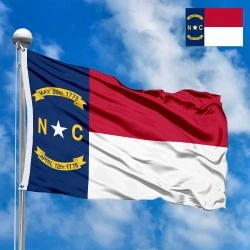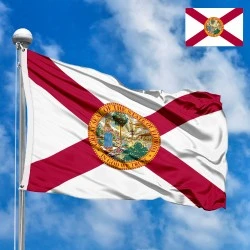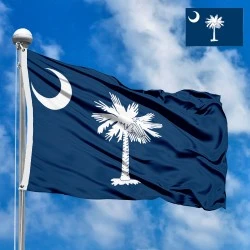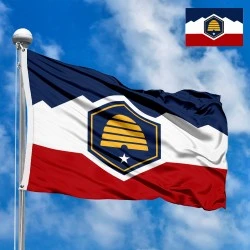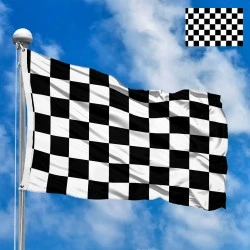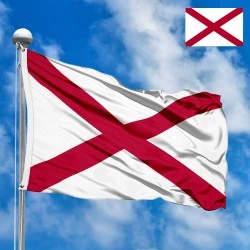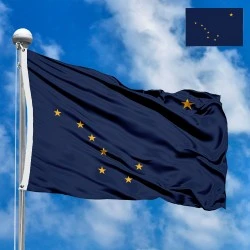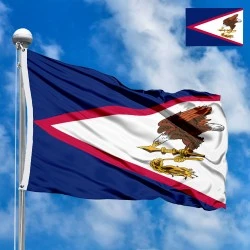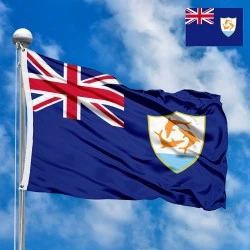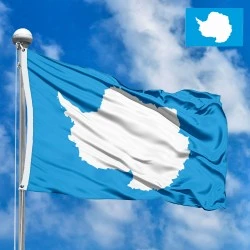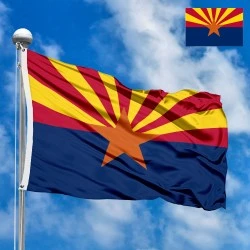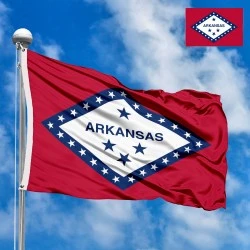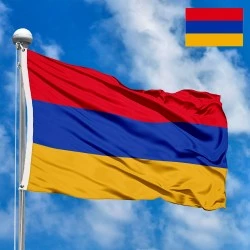Flag of Wisconsin (US state)
- Flag Type: US States
- Proportions (official): 2:3
- Official name: State of Wisconsin
- Local name: Wisconsin
- Capital: Madison
- Large cities: Milwaukee, Madison, Green Bay
- Population: 5 910 955 (2024)
- Area (km²): 169 635
- Highest point: Timms Hill (595 m)
- Lowest point: Lake Michigan (176 m)
- Dialing code: +1 (262, 414, 534, 608, 715, 920)
Flag Information
General information
Demography and Culture
Economy and communications
- All Flags
- Flags of Countries by Continent
-
Flags of Organizations
- Flags of UN countries
- Flags of the European Union countries
- Flags of NATO countries
- Flags of the countries of the Organization of Islamic Cooperation
- Flags of the countries of the Organization of American States
- Flags of the Arab League countries
- Flags of the African Union countries
- Flags of the countries of the Union of South American Nations
- Flags of the Commonwealth of Nations
- Flags of the countries of the Secretariat of the Pacific Community
- Flags of the Nordic Council countries
- Flags of the Caribbean Community
- Flags of the countries of the Association of Southeast Asian Nations
- Flags of the East African Community
- Flags of the countries of the Organization of Turkic States
- LGBT Community Flags
- Historical Flags
- Ethnic Flags
- Flags of the USA (states)
Description
The flag of the state of Wisconsin is a testament to the state's rich history, industrious spirit, and economic foundations. Officially adopted in 1913 and modified in 1980, its design is centered around a detailed coat of arms that tells the story of Wisconsin's past and its enduring values. It is a banner that proudly represents the state's agricultural, industrial, and commercial heritage.
Flag Design, Symbolism, and Colors
The Wisconsin flag's design is notable for its deep blue field and the intricate state coat of arms at its core.
-
Colors and Arrangement: The flag has a deep blue field, which is the official color of the state. Prominently displayed in the center is the state's Coat of Arms. To make the flag more distinct, the name "Wisconsin" is written in a white arc above the coat of arms, and the date "1848" is shown below it.
-
The Coat of Arms: The coat of arms is a complex symbol of the state's economic life:
-
The Shield: The shield in the center is divided into four quarters. Each quarter holds a symbol representing a key pillar of Wisconsin's economy in the 19th century:
-
A plow for agriculture.
-
A pick and shovel for mining.
-
An arm and hammer for manufacturing.
-
An anchor for navigation and commerce.
-
-
Motto and Supporters: Above the shield is the state motto: "Forward," a single word that speaks to the state’s progressive and pioneering spirit. On the left, a sailor represents navigation and the Great Lakes, while on the right, a yeoman (a miner or farmer) stands, symbolizing the hardworking nature of the people.
-
Crest and National Motto: Perched atop the shield is the Badger, the state animal and the source of Wisconsin’s famous nickname. Below the shield, a banner reads "E Pluribus Unum," the national motto meaning "Out of many, one," signifying Wisconsin’s place in the United States.
-
-
The Foundational Date: The date 1848 marks the year Wisconsin was officially admitted to the Union as the 30th state.
A Brief History of the Flag's Creation and Adoption
The history of the Wisconsin flag is one of evolution and adaptation, reflecting a desire for both a strong identity and national recognition.
-
Civil War Origins: The first version of the flag was a regimental battle flag carried by Wisconsin troops during the Civil War in the 1860s. These flags often featured the state’s coat of arms, a design that had been in use since 1848.
-
Official Adoption in 1913: The state legislature officially adopted a formal state flag on March 29, 1913. The design was a simple blue field with the state coat of arms in the center. However, this design was very similar to the flags of other states, leading to frequent confusion.
-
The 1980 Modification: To address the issue of identifiability, a bill was passed in 1979 to modify the flag. The key change, implemented in 1980, was the addition of the state name "Wisconsin" and the year of statehood "1848." This simple change made the flag instantly recognizable and unique.
Historical Context and the State of Wisconsin
The Wisconsin flag is a powerful summary of the state's identity. It embodies the four pillars of its economic history—agriculture, mining, manufacturing, and commerce—which were vital to its growth and prosperity. The state motto "Forward" and the inclusion of the badger connect residents to a shared history of progress and resilience. The flag serves as a reminder of the state’s foundational moment in 1848 and its commitment to being a productive and innovative member of the Union.
Significance for Residents
For residents of Wisconsin, the flag is a symbol of pride in their state’s heritage of hard work and self-reliance. It celebrates the legacy of the farmers, miners, manufacturers, and merchants who built the state. The badger, their state animal, is a familiar and beloved symbol of tenacity and persistence. The flag’s message of "Forward" is a rallying cry for continued progress and a symbol of their forward-looking spirit. It is a banner that unites the people of Wisconsin under a shared identity rooted in their historical and economic foundations.
Interesting Facts
-
The state motto, "Forward," is the only state motto in the United States that is a single English word.
-
The state's nickname, "The Badger State," is not from the animal itself but from early lead miners who, like badgers, dug temporary living quarters into hillsides.
-
The modification in 1980 was a direct result of a survey that found people had trouble identifying the state flag among others.
-
The coat of arms on the flag has been in official use since the state’s admission to the Union in 1848.
-
A small image of a badger is also featured on the state's quarter coin, further cementing its status as a key state symbol.
-
The sailor and yeoman supporters on the coat of arms were added to represent the two most prominent industries of the time.
In the demonstration images, full-size flags are shown with proportions of 2:3, and hand-held flags with proportions of 1:2.
Donation
Download
Completely free for commercial and non-commercial use (public domain).
You can freely use them in your news magazines, websites, software, mobile applications.
We appreciate a backlink to https://flagssite.com
Raster files - Flag of Wisconsin (US state) (PNG, JPG)
 Waving flag
Waving flag
- PNG format (transparent background), 72dpi, dimensions in Pixels (px), aspect ratio 3:4.
- 15х20 px
- 30х40 px
- 60х80 px
- 120x160 px
- 240x320 px
 Sizes:
Sizes:
"v15" - image size (by height); if necessary, replace with available: v15, v30, v60, v120, v240.
!!! For resizing, use the Latin (eng) keyboard layout.
<img src="https://flagssite.com/flags/v15/20553.png" alt="Flag of Wisconsin (US state)">
 Round flag
Round flag
- PNG format (transparent background), 72dpi, dimensions in Pixels (px), aspect ratio 1:1.
"d15" - image size (diameter); if necessary, replace with available: d15, d30, d60, d120, d240.
!!! For resizing, use the Latin (eng) keyboard layout.
<img src="https://flagssite.com/flags/d15/20553.png" alt="Flag of Wisconsin (US state)">
 Rectangular flag 2:3
Rectangular flag 2:3
- JPG format, 72dpi, dimensions in Pixels (px), aspect ratio 2:3.
"h30" - image size (by height); if necessary, replace with available: h15, h30, h60, h120, h240, h360, h480.
!!! For resizing, use the Latin (eng) keyboard layout.
<img src="https://flagssite.com/flags/h30/20553.jpg" alt="Flag of Wisconsin (US state)">

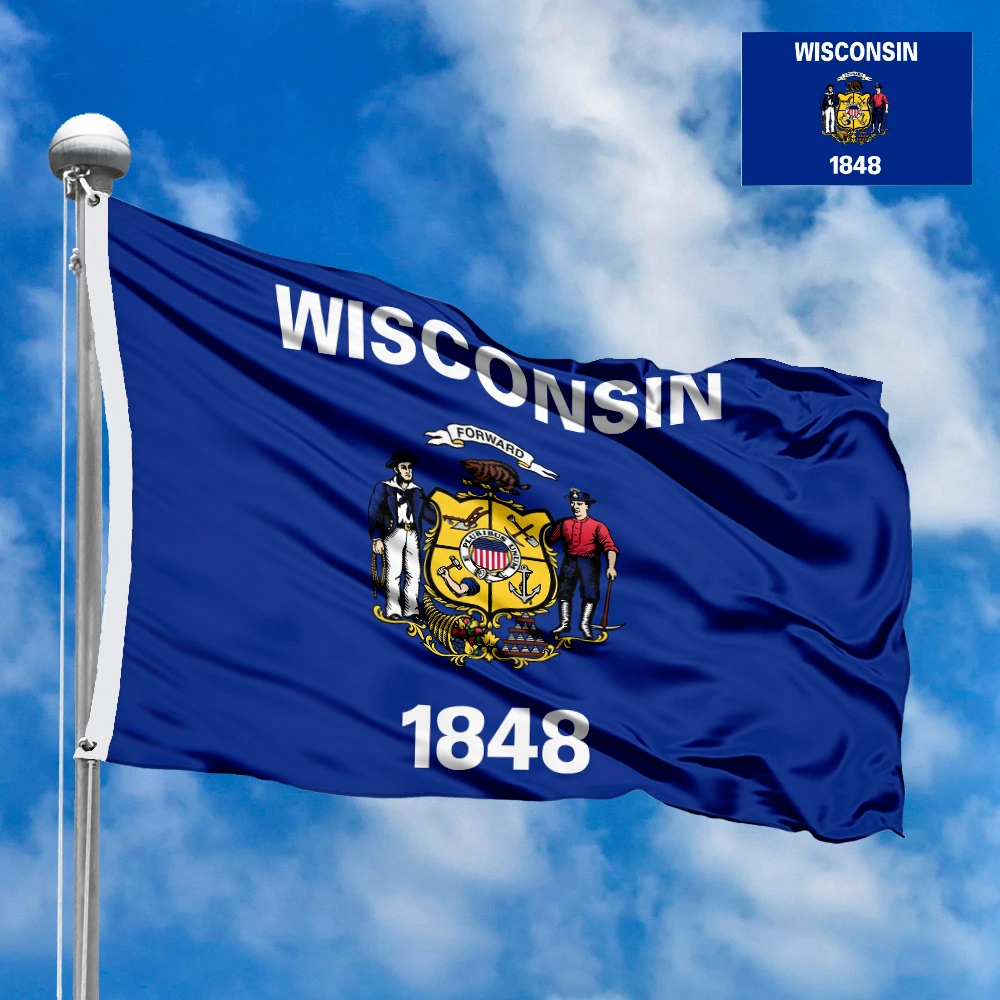
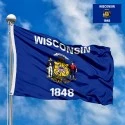
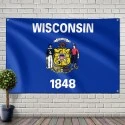
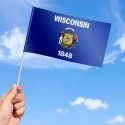

 Sizes:
Sizes:
 Sizes:
Sizes:
